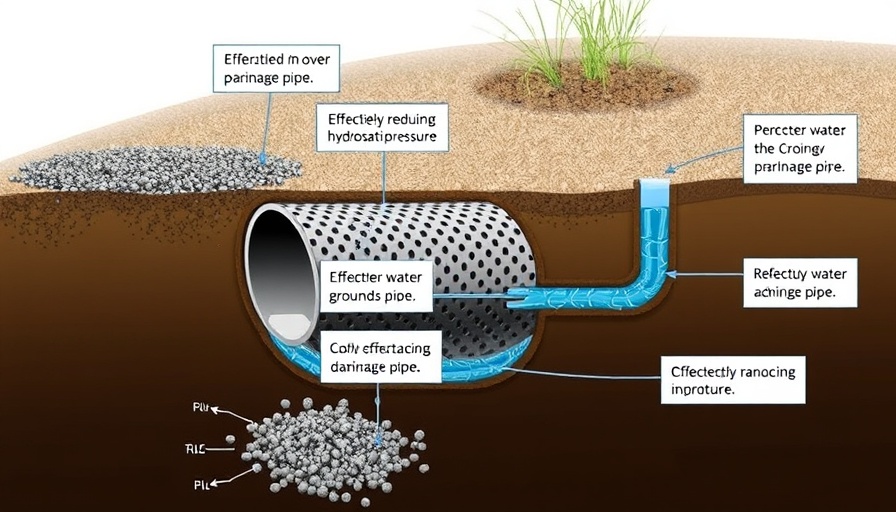
Understanding the Importance of Air-Sealing in Older Homes
Older homes, rich in character and history, often come with their own set of challenges, especially when it comes to energy efficiency. One of the most critical aspects of maintaining an older home is effective air-sealing. This process not only prevents drafts and maintains comfort, but it also significantly reduces energy costs by limiting unnecessary heat loss.
Common Areas to Address in Air-Sealing
When tackling air-sealing, homeowners should examine key areas where air leaks are commonly found. These include gaps around windows and doors, attic hatches, and plumbing penetrations. Identifying these locations is the first step in ensuring a tighter, more energy-efficient home.
Tools and Techniques for Effective Air-Sealing
Using basic materials such as caulking, foam sealants, and weatherstripping, homeowners can effectively seal these gaps. A simple can of spray foam can make a significant difference in reducing airflow in hard-to-reach areas. Moreover, investing in a blower door test can help measure the air leakage of a house and pinpoint specific areas requiring improvement.
The Intersection of Air-Sealing and Indoor Air Quality
While sealing in warm air during winter and keeping cool air inside during summer are notable benefits, homeowners should also consider the implications for indoor air quality. A sealed home can trap moisture and pollutants unless properly ventilated. Integrating a ventilation system can promote air quality without sacrificing the benefits of air-sealing.
Future Trends: Smart Technology in Home Air-Sealing
As technology evolves, so do air-sealing techniques. Emerging innovations, like smart sensors and automated ventilation systems, can provide real-time data on air quality and energy efficiency. This ensures homeowners not only stay comfortable but also optimize their energy use, reducing their carbon footprint.
Final Thoughts on Air-Sealing
Investing in air-sealing for older homes is an intelligent choice that not only preserves their integrity but also enhances energy performance. The combined benefits of comfort, cost savings, and health make it a priority for any homeowner interested in sustainable living.
 Add Row
Add Row  Add
Add 






Write A Comment